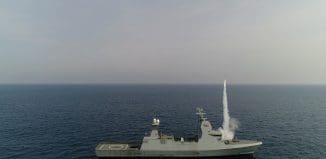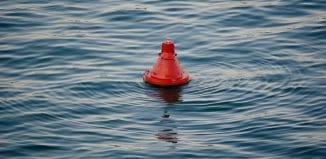How To Fit Vehicles, Aircrafts On Amphib Carriers
This post is also available in:  עברית (Hebrew)
עברית (Hebrew)
The U.S. marine corps is working on plans to extend its reach while still keeping soldier safe in the field. The plan is to carry a combination of different combat vehicles on aircraft carriers such as assault aircrafts, helicopters, armored ground vehicles, landing crafts and more. But what happens when these modern new vehicles no longer fit the size of the navy’s ships?
The Navy’s fleet of amphibious warships was designed decades ahead of the hard lessons of improvised explosive devices (IED) that wreaked havoc on U.S. ground forces in Iraq and Afghanistan and the rapid growth in the weight of new and better protected vehicles are pushing the margins of what the current crop of amphibs can transport. In other words, there isn’t necessarily enough room on the ships’ decks.
Today the deck of amphibious ships is smaller, as the equipment turned larger, heavier and taller, so now some more recent vehicles — like Mine Resistant Ambush Protected (MRAP) trucks — have had problems moving through out the ship. In order to get it on board the ship, its wheels need to be deflated and it needs to be stored in the upper vehicle stowage hold, which might cause a host of problems in safely operating a ship. The great weight of the vehicle affects the meta center of the ship which causes stability issues.
The problem is not only ground vehicles but also new and heavier aircraft to be fielded by the Navy’s Wasp-class amphibious ships (LHD-1). The LHDs were designed for the CH-46 on the flight deck, but now they’re carrying the V-22 aircrafts which are completely different in weight.
The next looming challenge for Marines and the Navy is incorporating the pending fleet of 5,500 Joint Tactical Light Vehicle (JLTV), replacing the HUMVEE, on the amphibious fleet with almost three times the HUMVEE’s weight. The question, though, shouldn’t be “which vehicle came first?” – the ship or the equipment it is carrying, but rather, the issue is making sure those capabilities could be combined and are mutually supporting warfighting from the sea.






























